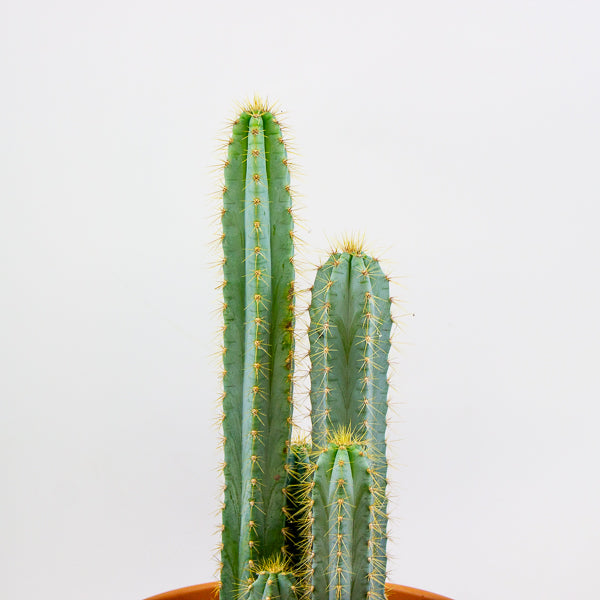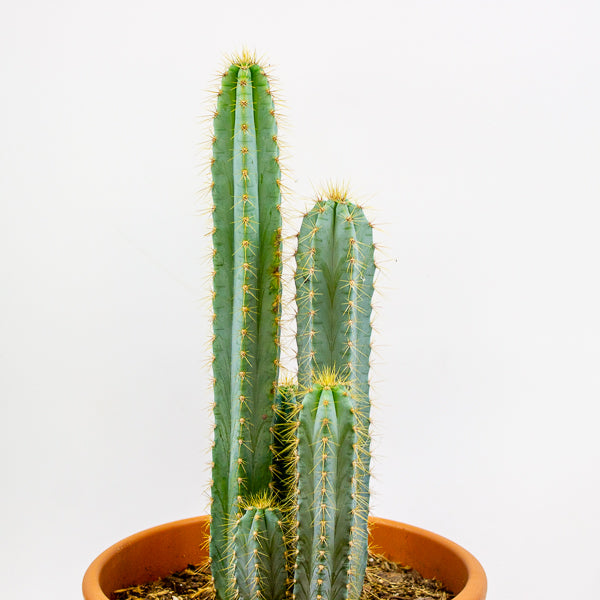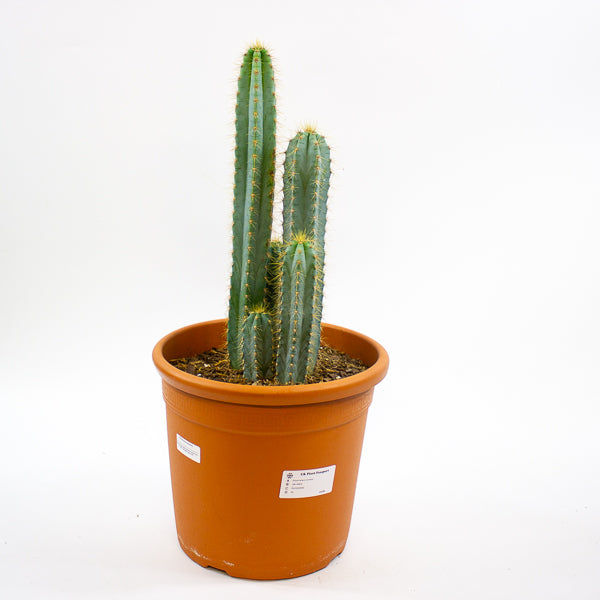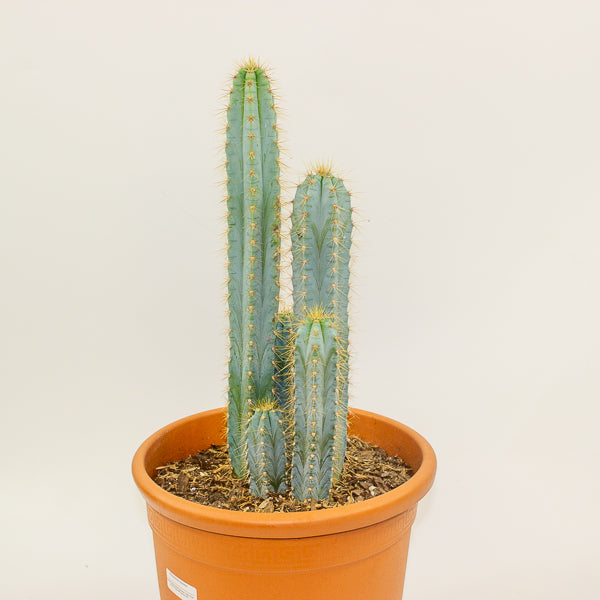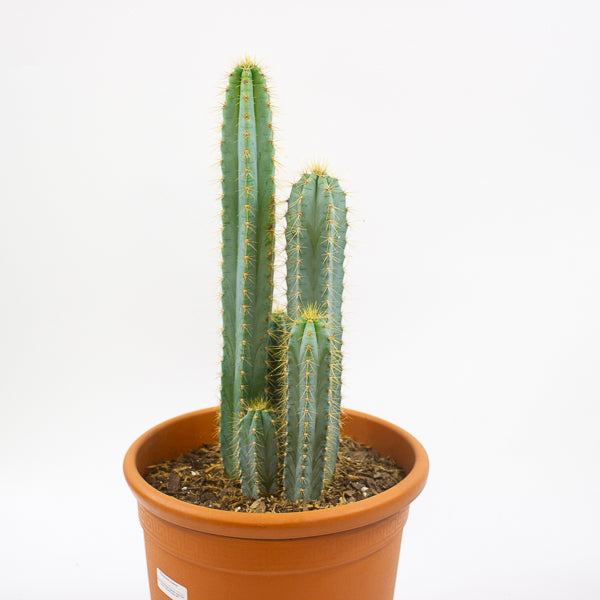1
/
of
5
Emm's Plant House
Pilosocereus azureus (Multi Column) 30cm H80cm
Pilosocereus azureus (Multi Column) 30cm H80cm
Regular price
£157.00 GBP
Regular price
Sale price
£157.00 GBP
Unit price
/
per
Taxes included.
Couldn't load pickup availability
Pilosocereus azureus, commonly known as the Blue Torch Cactus, is a striking columnar cactus native to Brazil. Its tall, cylindrical stems are a beautiful bluish-green hue with prominent ribs, giving it a dramatic architectural presence. This cactus is drought-tolerant, relatively fast-growing, and perfect for adding a bold statement to both indoor and outdoor collections.
- Full Botanical Name: Pilosocereus azureus
- Common Names: Blue Torch Cactus
- Country and/or Region of Origin: Brazil
- Growing Conditions in Native Habitat: Thrives in sunny, rocky areas with well-draining soil, experiencing seasonal rainfall and long dry periods.
Care Guide
Care Guide
Share
